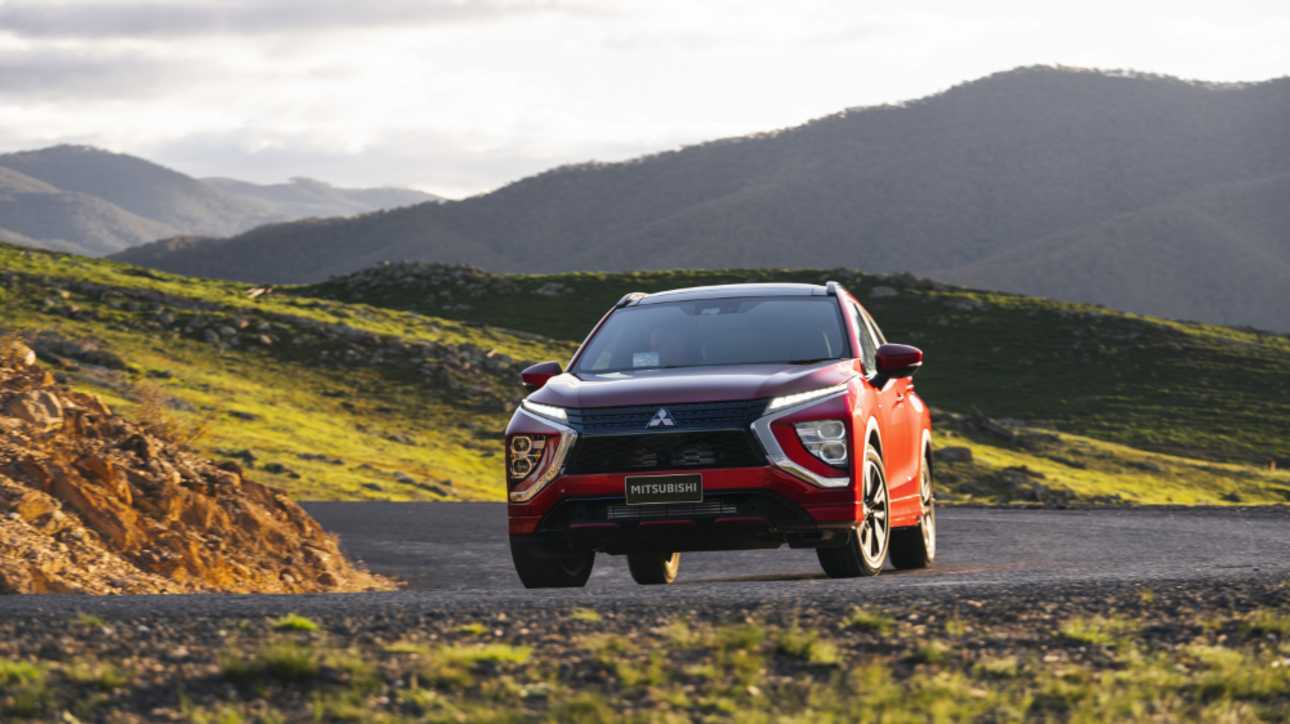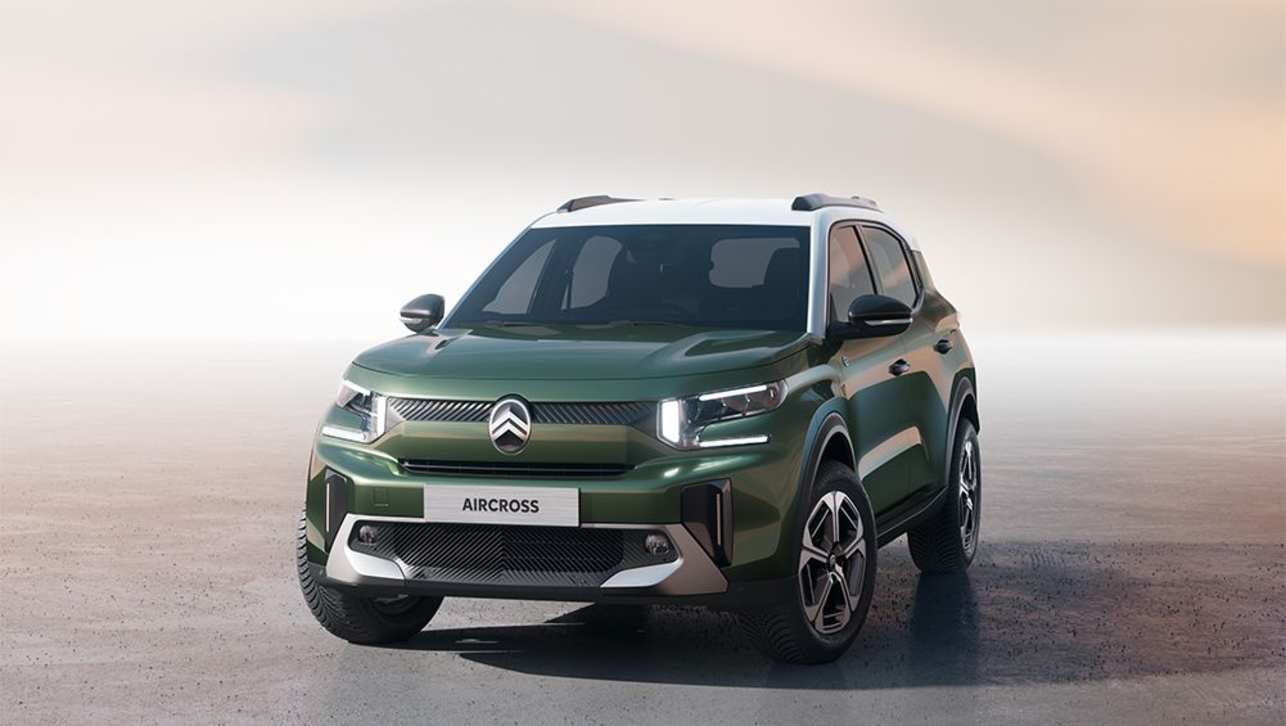If there’s one big car news-related takeaway from the tumultuous year that was 2020, it’s that within 10 years, most cars, SUVs and pick-ups will be electrified in some sort of way.
Several manufacturers have already committed to the phasing out of petrol and diesel models altogether in some markets by then, in concert with a host of cities, regions and even nations banning their use from around 2030 or soon after. Europe is demanding greener vehicles, China has followed suit and now Biden-era America is playing catch up.
And Australia? While we’re buying more fossil-fuel guzzling SUVs and pick-ups than ever before, the same is also true for electrified vehicles, albeit in a much smaller way; and although we only see a fraction of the electrified models available in other markets, soon we will have no choice but to buy the hybrids and EVs car makers are introducing.
Time to embrace electrification.
This fact, combined with the singular runaway success of the Toyota RAV4 Hybrid since its 2019 launch – which has placed the petrol-electric models right at the heart of the mainstream mindset – means we’re about to be inundated with small SUVs and crossovers with electrification. Like it or not, it’s the marriage of the type of vehicles Australian consumers want.
The momentum has begun and – beginning in a few short weeks – the first of a new wave of affordable hybrids will be here. And all should be in dealers by the end of next year.
Time to start planning.
Kia Niro Hybrid and PHEV – Here mid-2021

A mega seller in Europe, the Kia Niro is based on the Hyundai Ioniq, but with a more on-brand, higher-riding SUV/crossover body and a roomy interior.
Like the latter, there's a choice of petrol-electric hybrid, plug-in hybrid and EV.
As Kia’s entrée into electrification, the Niro is super user-friendly and appealing, starting with a 1.6-litre four-cylinder petrol engine paired to an electric motor and a small battery in the Hybrid, moving to the version with a medium-sized battery you plug in to recharge for around 40km of pure-electric range prior to the petrol unit taking over (PHEV - or Plug-in Hybrid Electric Vehicle), and finally to the pure-EV Electric that can exceed 450km between recharges.
How nobody has thought of this three-tiered approach to democratising electrification in a fashionable body style earlier is a mystery.
Pricing is likely to mirror the Ioniq – so, say, from approximately $35,000 (Niro Hybrid) to $55,000 (EV), complete with Kia’s seven-year warranty. What’s not to love here?
Mitsubishi Eclipse Cross PHEV – From Q3 2021

Due in the third quarter of this year, the Mitsubishi Eclipse Cross PHEV hopes to emulate the popularity of the larger (and older) Outlander PHEV.
Combining a 2.4-litre petrol engine, two electric motors (located on each axle for all-wheel drive) and a sizeable battery, it should offer about 55km of pure-electric motoring, before the engine seamlessly takes over.
As with the Kia Niro PHEV, the Eclipse Cross PHEV can be charged overnight using a regular socket, or a fraction of that timeframe with a wall box or public station.
It’s also compact yet spacious, versatile, rapid and – from around $40,000 – an affordable way to go green. Throw in Mitsubishi’s unbeatable 10-year conditional warranty, and this will be one to watch.
Honda HR-V e:HEV – From late 2021
.jpg)
The third-generation HR-V is shaping up to be one of the most anticipated releases of this year.
A total redesign, the next-gen Honda small SUV grows up with an all-new platform that is again shared with the Jazz supermini that we sadly won’t see in Australia due to shrinking demand for city cars. What a shame!
While this connection means the 2022 HR-V retains the latter’s ‘Magic Seat’ rear-seat packaging that provides outstanding space and versatility, the huge news is that a 1.5-litre four-cylinder petrol unit will drive two electric motors, as well as the front wheels as required, for significant EV-only propulsion.
Such tech probably won’t come cheap, meaning this hybrid-powered HR-V may hover around the $45,000 mark when it launches in Australia late this year.
With Honda just announcing that it’s going to stop internal combustion engine car production globally by 2040, period, it's easy to see the HR-V Hybrid as the beginning of the company's next chapter in eco motoring.
Crucial to Honda’s long-term future, then, the e:HEV has got to be more than merely good.
Nissan Qashqai e-Power: From mid 2022

The original Nissan Qashqai of 2007 brought huge success for Nissan in the ensuing years, and it hopes to build on that with the dramatically-improved, third-generation model due in Australia in the first half of next year.
One of its key features is the adoption of Nissan’s e-Power all-electric motor-driven system. In the Qashqai’s case, a new 1.5-litre petrol engine charges the battery that powers the motor, and the motor is the only propulsion unit driving the front wheels.
Along with being comparatively inexpensive, e-Power doesn’t have anything to plug in, and is said to be some 50 per cent more fuel efficient than a comparable ICE.
Price guide? From $40,000 plus. An e-Power version of the all-new and closely related Nissan X-Trail medium SUV is also expected to arrive in Australia at about the same time.
Toyota Corolla Cross: From second-half of 2022

“Toyota is expanding its industry-leading SUV line-up with a stylish Corolla-based vehicle that features raised ground clearance, dynamic performance and fuel-efficient hybrid technology.”
These aren’t our words, but Toyota’s, succinctly summing up the coming Corolla Cross’ mission, as it slots above the very closely-related C-HR but underneath the RAV4.
Will some of that family good fortune rub off on the newcomer?
Maybe, since the Corolla Cross is a roomier version of the former, yet is expected to be set at a more affordable price point compared to the latter. This means it should kick off from under $35,000.
Besides employing the same GA-C platform as the Corolla, the completely differently designed Corolla Cross will likely offer a variation of its 1.8-litre four-cylinder petrol-electric hybrid powertrain.
When precisely will you be able to buy one? Inside the next 18 months, we hear, though some pundits are predicting that the Corolla Cross may lob in sooner.
Either way, time for eco-minded urban families to start saving up for one.








.jpg)

.jpg)
.jpg)

.jpg)

.jpg)
.jpg)



.jpg)




.jpg)




Comments